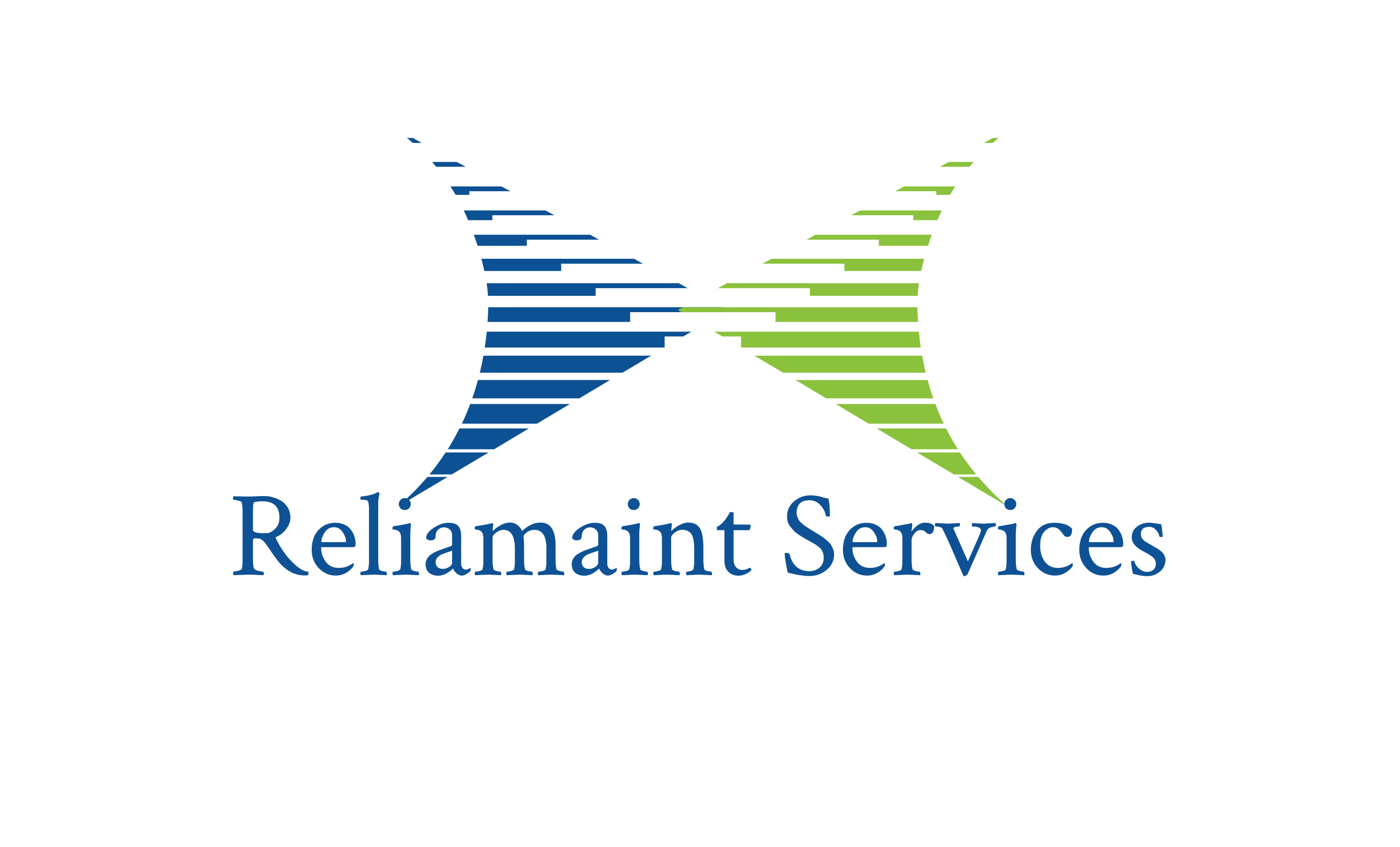
Management
CMMS Implementation Challanges and Adaption
- 29 Jan. 2025
- 05 min read
Despite the well-known benefits of a Computerized Maintenance Management System (CMMS), some organizations still opt to stick with traditional methods for various reasons.
Additionally, certain maintenance processes might face challenges when being mapped out by a CMMS. Here are some explanations for both phenomena:
Reasons for Sticking with Traditional Methods
- Cost Concerns:
- Initial Investment: Implementing a CMMS requires a significant upfront investment, including software costs, hardware upgrades, and training expenses. Organizations with tight budgets may find it difficult to justify this expenditure.
- Ongoing Costs: There are also recurring costs such as licensing fees, maintenance fees, and potential costs for updates and support.
- Resistance to Change:
- Comfort with Familiarity: Employees and management might be comfortable with existing processes and resist the change due to the perceived complexity and effort required to adopt a new system.
- Change Management Challenges: Implementing a CMMS requires a change in workflows and processes, which can be met with resistance from staff who are used to traditional methods.
- Lack of Awareness and Understanding:
- Misconceptions: Some organizations may not fully understand the benefits of a CMMS or may have misconceptions about its complexity and cost.
- Insufficient Knowledge: There may be a lack of knowledge about how to evaluate, select, and implement a CMMS effectively.
- Cultural and Organizational Barriers:
- Organizational Culture: In some organizations, the culture may not support the adoption of new technologies.
- Lack of Skilled Personnel: Organizations might lack the necessary IT skills or maintenance management expertise to implement and manage a CMMS effectively.
- Perceived Adequacy of Current Systems:
- Perceived Sufficiency: Some organizations may believe that their current paper-based or spreadsheet systems are adequate for their needs.
- Incremental Improvement: The benefits of a CMMS might be seen as incremental rather than transformative.
Challenges in Mapping Certain Maintenance Processes to CMMS
- Complex Custom Processes:
- Unique Workflows: Some organizations have highly specialized or complex maintenance workflows that do not easily fit into the standard functionalities offered by a CMMS.
- Customization Limitations: There can be limitations in terms of what can be customized.
- Integration with Existing Systems:
- Legacy Systems: Organizations that use multiple legacy systems might find it difficult to integrate these systems with a new CMMS.
- Data Migration Issues: Migrating data from old systems to a new CMMS can be complex and error-prone.
- Real-Time Monitoring and IoT Integration:
- Sensor and IoT Integration: Implementing real-time monitoring and integrating IoT devices can be challenging.
- Data Overload: Handling large volumes of data from IoT devices can be overwhelming.
- Human Factors and Subjective Tasks:
- Subjective Assessments: Certain maintenance tasks involve subjective assessments that are difficult to capture in a CMMS.
- Human Skills: Some maintenance tasks rely heavily on human skills and expertise.
- Regulatory and Compliance Requirements:
- Industry-Specific Regulations: Organizations in highly regulated industries might have compliance requirements that are not fully supported by standard CMMS solutions.
- Audit Trails: Ensuring compliance-related activities are properly documented can be challenging.
Conclusion
While a CMMS offers numerous benefits, factors such as cost concerns, resistance to change, lack of awareness, organizational barriers, and perceived adequacy of current systems can lead organizations to continue using traditional methods. Additionally, challenges in mapping complex, customized, or subjective maintenance processes, integrating with existing systems, and meeting specific regulatory requirements can further complicate the adoption of a CMMS. To address these challenges, organizations need to carefully evaluate their needs, seek buy-in from stakeholders, invest in training, and choose a CMMS that offers the flexibility and scalability required to meet their specific requirements.
About ReliaMaint
Stay tuned to for insights on asset reliability and maintenance management..

Neeraj Kumar
CEO & Co-Founder
Recent Posts
Planning and Scheduling in Equipment Maintenance.
What CEOs Need to Know About Physical Asset Management.
CMMS.. a catalyst for reliability culture
How Data Driven Process of Reliability and Maintenance can enhance Asset Performance.
Categories
Tags
Newsletter
Contact us
Contact us to Know more on these Topics.
Send